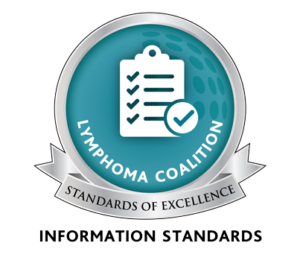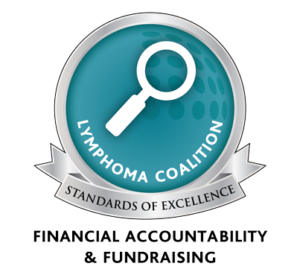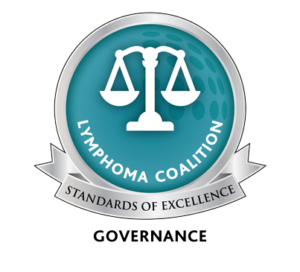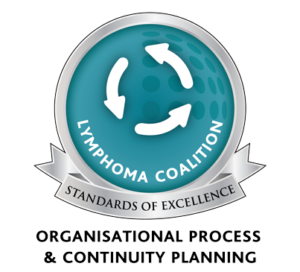Types of Low Blood Cell Counts
What is it?
Blood cells, including red blood cells, white blood cells and platelets, are continually being produced in the bone marrow. Because these cells are always dividing, they are also targeted by chemotherapy and, therefore, the number of all blood cells can be reduced. This is called myelosuppression. There are different types of myelosuppression depending on which blood cell is affected. They are anemia, neutropenia and thrombocytopenia.
The most serious complications of low blood cell counts include:
Anemia: A low red blood cell count is called anemia. A normal hemoglobin (Hgb) count is between 120 and 160. When you do not have enough red blood cells, you have less hemoglobin to carry oxygen throughout your body. This means that the tissues in your body do not get enough oxygen to do their work. This can make you feel tired or weak, you may look pale and you may be short of breath.
Neutropenia: A low white blood cell count (WBC) and, in particular, a low level of neutrophils is called neutropenia. The lower your WBC the higher your risk of infection. It is very important that infections are caught early and treated quickly. A normal WBC is between 4,500 and 11,000 (some describe it as 4.5 to 11). Your WBC may go as low as 100 (commonly written as 0.1). The number of neutrophils you have is called an Absolute Neutrophil Count (ANC). A normal ANC is about 2500-7500 (commonly written as 2.5 to 7.5). You will be taught to monitor your temperature and for other signs and symptoms of infections. Your doctor may also recommend medication to increase your body’s production of white blood cells.
Thrombocytopenia: Low numbers of platelets in your blood is caused thrombocytopenia and it causes bleeding. You might bleed from a cut or bleed spontaneously from your nose or gums or you may also bruise easily. A normal platelet count is 150,000 to 350,000 (commonly written as 150 to 350).
What can I do?
The most important thing you can do is be alert for signs of myelosuppression. Signs of anemia include fatigue and lethargy. Signs of neutropenia include symptoms like fever, sore throat, rash, diarrhea, or redness, pain or swelling around a wound. Signs of thrombocytopenia include easy bruising or prolonged bleeding. If you notice these symptoms, inform your doctor immediately so appropriate action can be taken.





